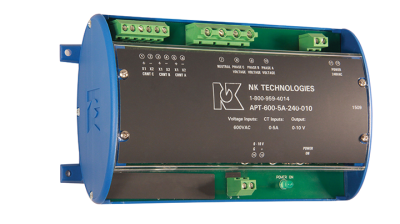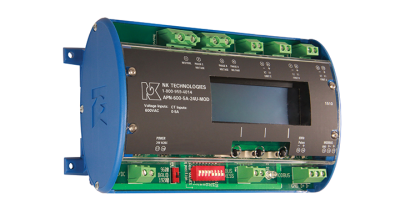Measuring the wattage used by a load can be very simple if the load is powered with direct current from a battery source. Measure the current and multiply that reading in amperes by the battery voltage. Add a battery charger, such as a photovoltaic panel and the voltage must also be measured because the charging voltage will vary, but the math is still simple. Volts times amps equals watts. However, this doesn’t work as well with AC circuits unless the load is purely resistive, but that condition is only theoretical. There always will be some component adding inductance or capacitance or both. Any inductance (motors, transformers, etc.), will cause the current rise and fall to lag the voltage rise and fall, and capacitance will cause the current rise and fall to lead the voltage. Both cause the actual or real power (watts) to be lower than apparent power (or volts amperes). The difference is often termed as power factor and is calculated by dividing the real power by the apparent power.
Single phase wattage is calculated by multiplying the voltage by the current, then by the power factor and then by the efficiency. While the first three values change when the load is energized, efficiency (ratio between power input and the power output of the load) changes very little and is usually considered to be a constant. Three phase power is calculated using the same formula, but the result is finally multiplied by the square root of three.
Some approaches to measuring power take a simple but less than optimal approach: Measure the current, assume the voltage is constant and guess at the power factor. This method will show if there are major changes in a load, but if the goal is to convert power used into dollars spent with the serving utility, a higher degree of precision is needed. Fortunately there are easy ways to take the complexity out of this procedure.
A simpler approach is to connect the line voltage and current transformer secondaries to a single device and let the latest digital technology do the calculations. This will provide the most important information about the monitored load conditions, and do so accurately.
Power monitors can provide current, voltage, and power factor information along with kilowatts and kilowatt hours. Whether your requirement is to monitor the wattage consumed by a machine, a building, or an entire plant with a single analog signal representing the consumption, NK Technologies has a solution.
APT and APN Series of Power Monitors
Both the APT and APN Series Power Monitors measure three phases of current and voltage. The APT produces an industry standard analog signal proportional to the watts used while the APN computes fourteen values necessary to track power usage. which results in 14 data points in the RS485 Modbus RTU format
The monitors use current transformers to measure the amperes. The line voltage connects directly to the transducer, up to 600VAC. There is also a pulse contact which opens and closes as watt hours are accumulated.
Both APN and APT power monitors are available powered with 24 volts AC or DC, or 120 and 240VAC. Current signals can be provided from standard 5 amp secondary current transformers, the safer 333mVAC output ProteCT models or Rogowski coils to 2000 amps. Any output willl produce an accurate set of data to help you save energy and avoid utility surcharges.


